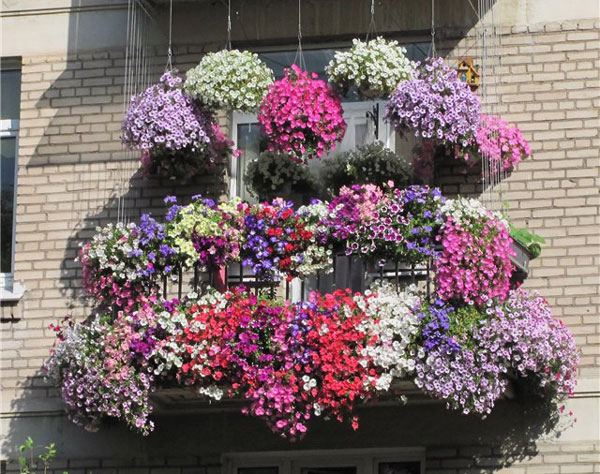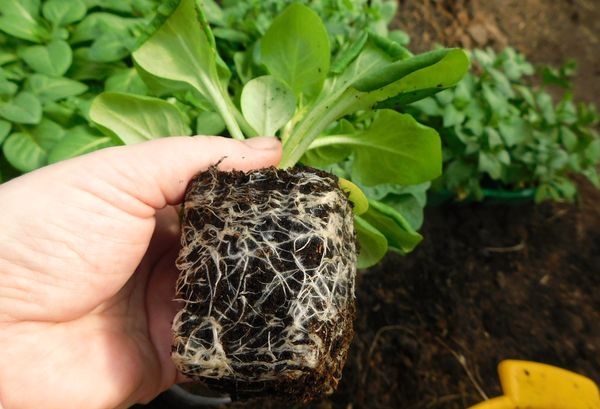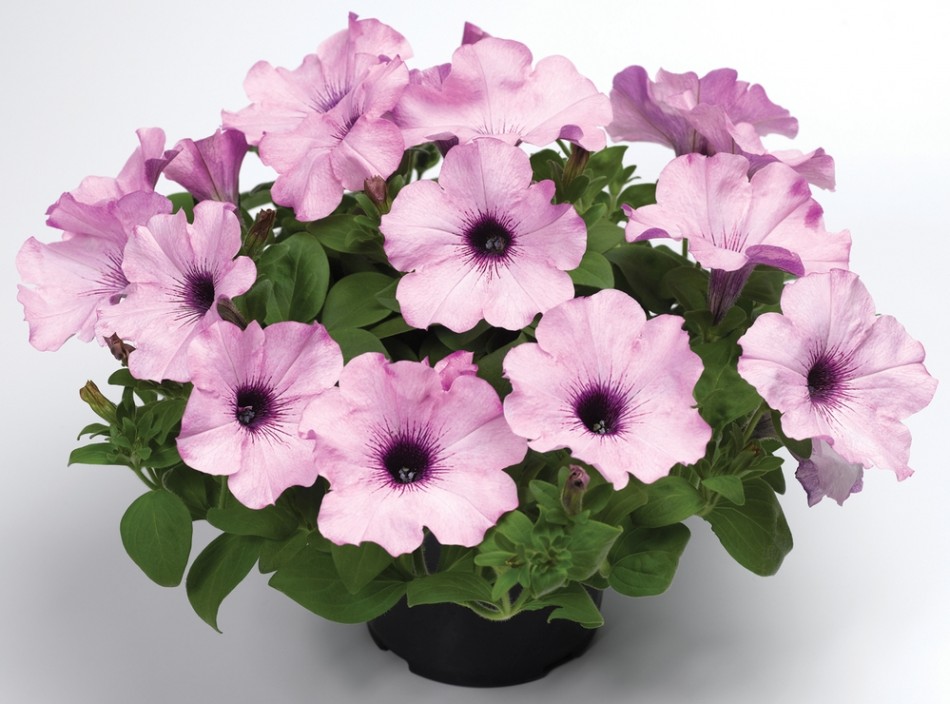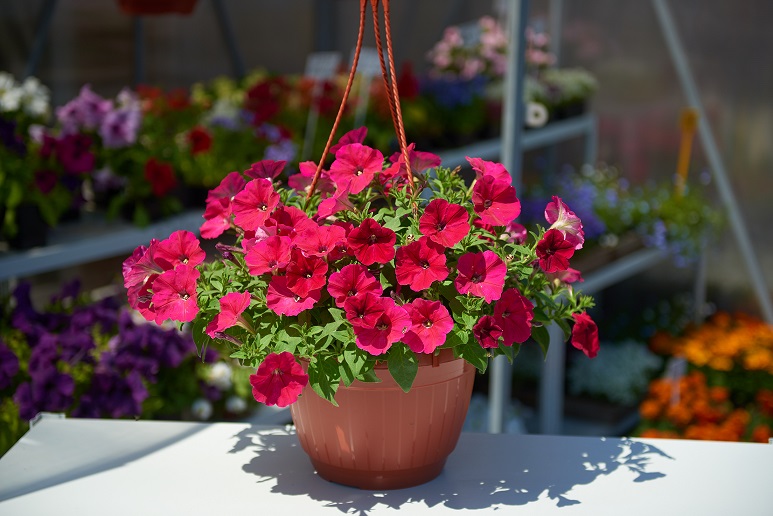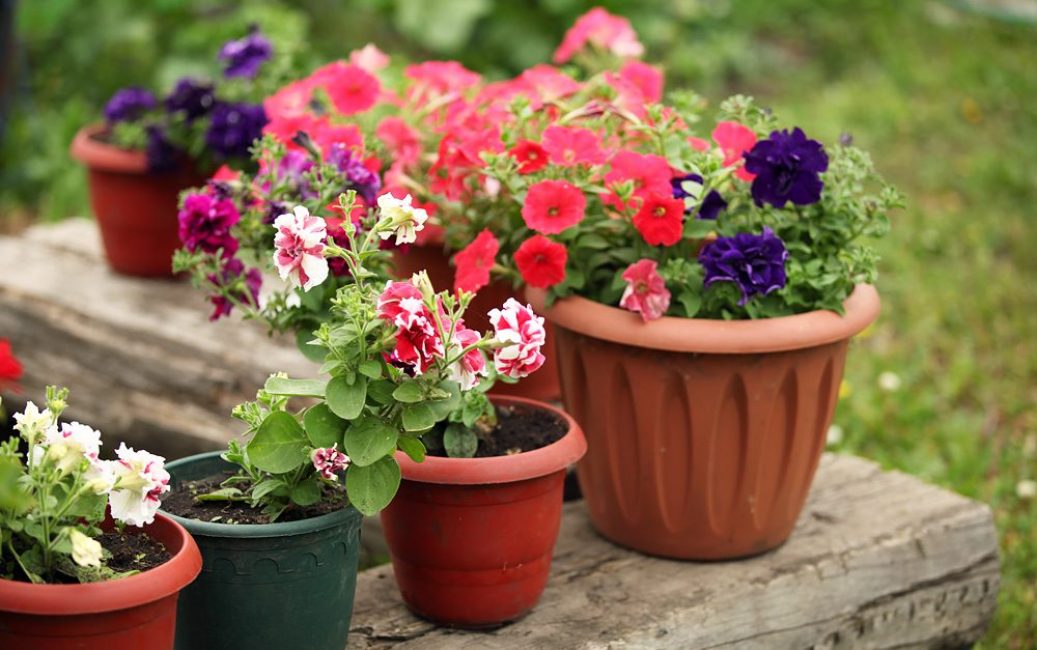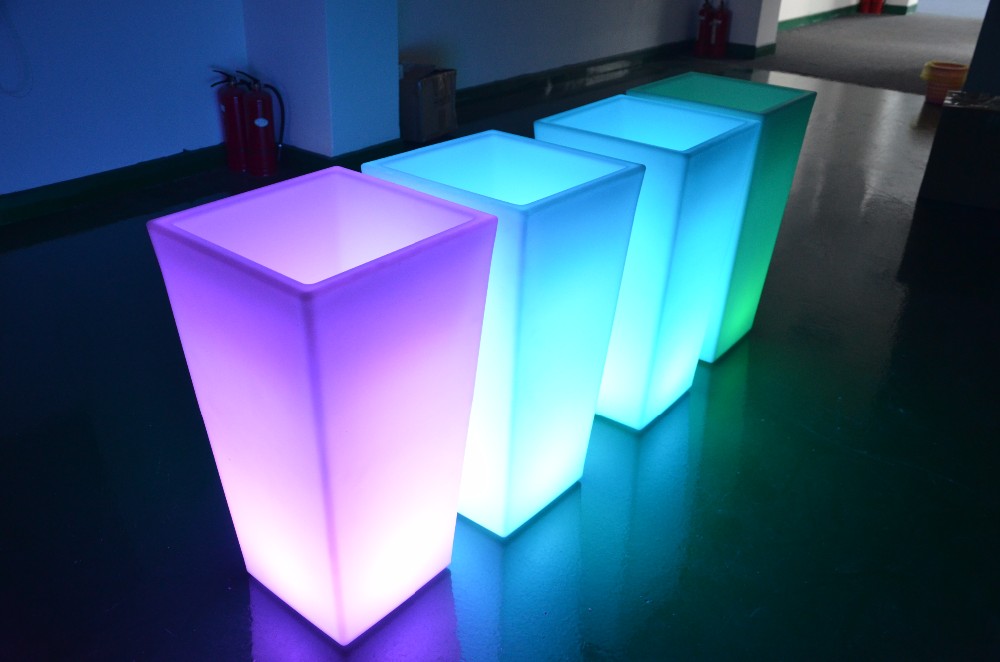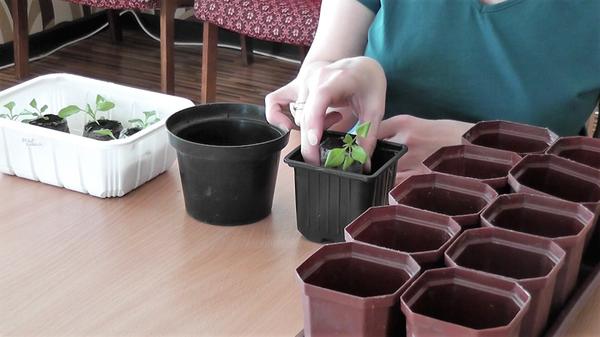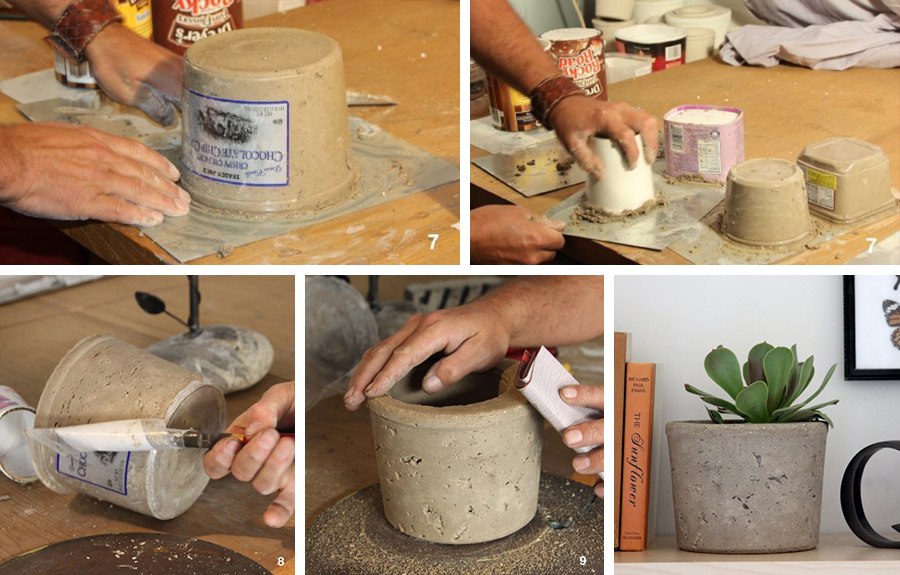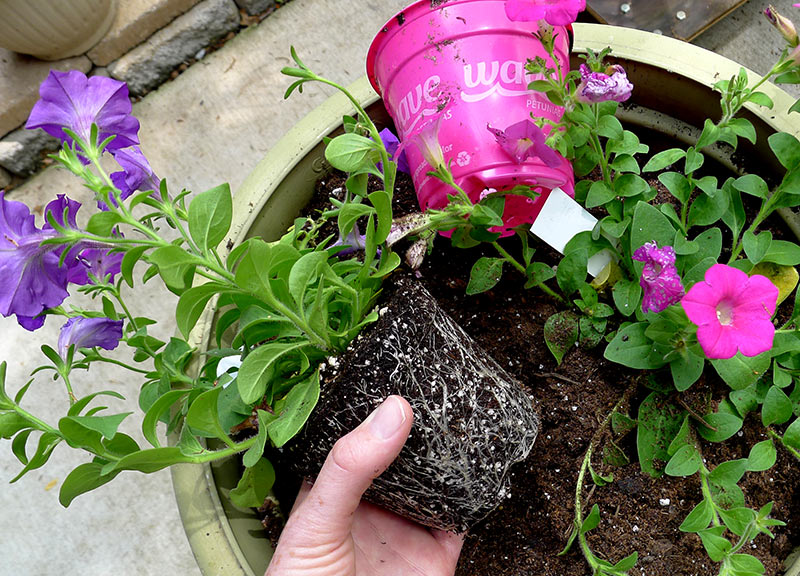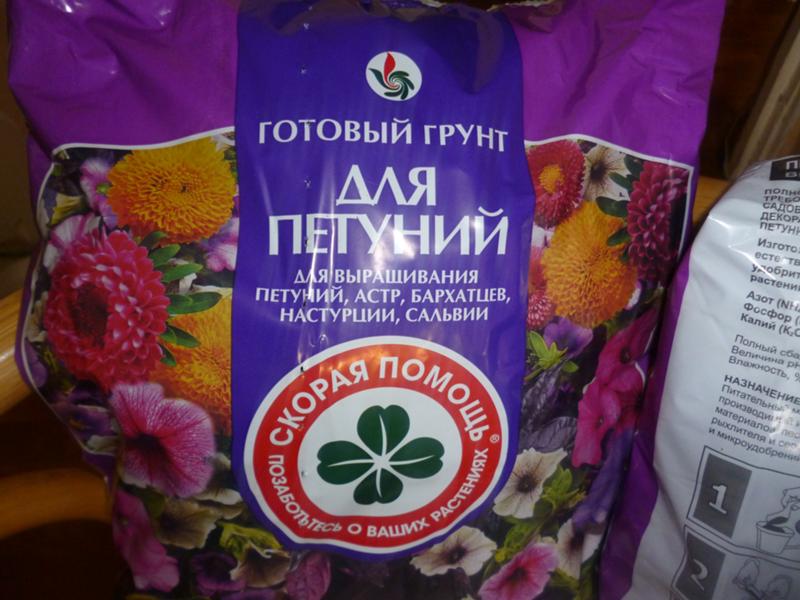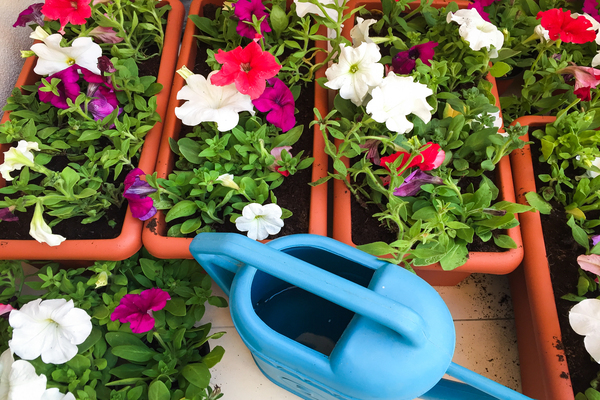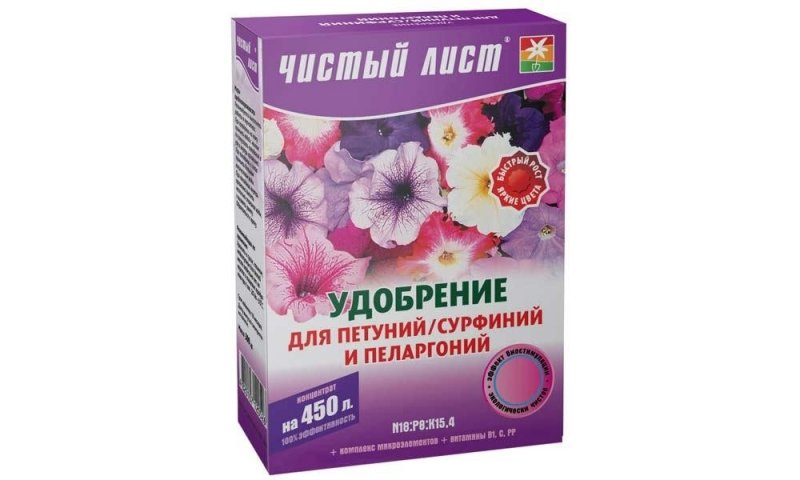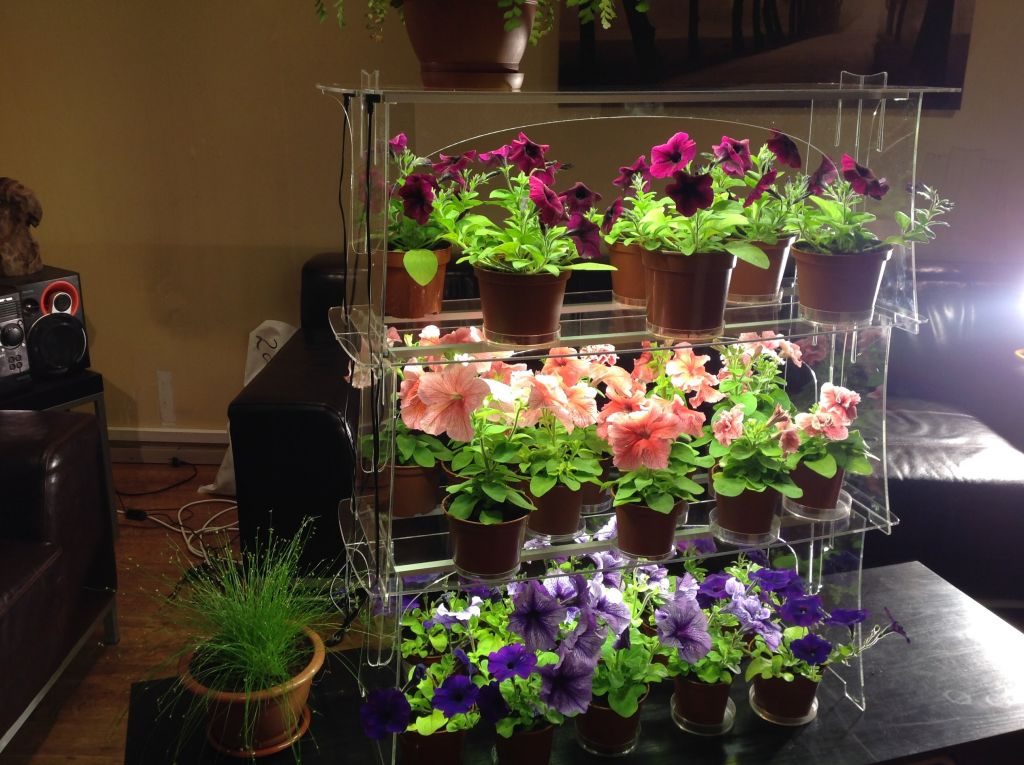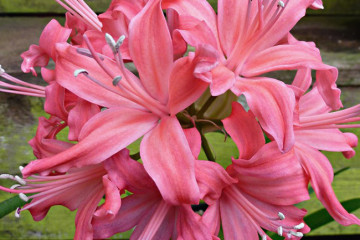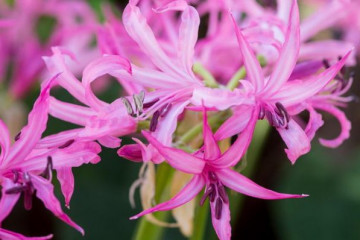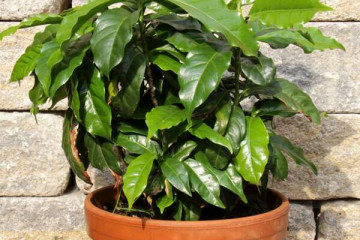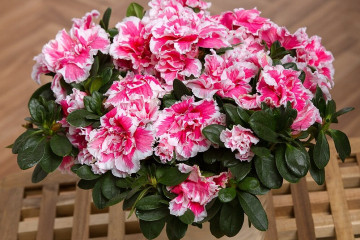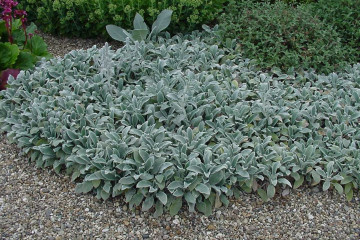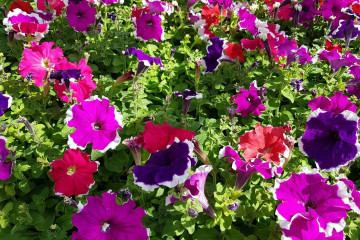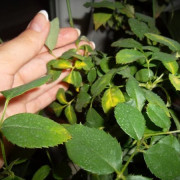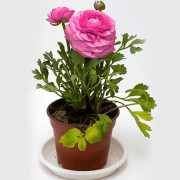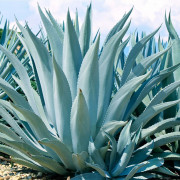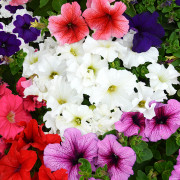Petunias on the balcony - proper care of the plant
Content:
- Features of the root system of petunias
- Home cultivars
- What are the types of pots
- Which pot is best for a particular flower
- How to make a pot with your own hands at home
- Landing rules
- What conditions must be observed when caring for decorative petunias
- Features of care during the rest period (in winter)
- Is it possible to plant indoor petunia on the street
Decorative and colorful petunias are members of the Solanaceae family. Their various colors and shapes, unusual patterns on the petals attract the attention of flower growers. Newbies are interested in whether it is possible to grow petunias on the balcony and what are the secrets of care. If you wish, you can decorate a loggia, a gazebo or a windowsill with flowers.
Features of the root system of petunias
Before growing petunias in pots, it is necessary to study its features. Incorrect calculation when choosing a container will damage the roots of the plant and lead to its death.
The culture has a fibrous rhizome, consisting of many whitish roots. They quickly grow throughout the container, but this does not interfere with planting the plant in flowerpots and pots.
Transfer and planting work is not difficult. The process takes place in a few minutes, it is better to transfer the seedlings together with the soil in which they grew.
Petunia in pots perfectly takes root on a loggia or in a room. It is used for interior decoration.
Home cultivars
For planting in closed conditions, two types of culture are used:
- ampelous - its stems grow up to 1.2 m, hanging down, during strong gusts of wind they can break off;
- cascading - characterized by dense shoots, 1.5 m long, initially they grow up, and then begin to smoothly go down.
The best varietal types of balcony petunias are presented:
- Velvet - has velvety and small flowers;
- Gioconda - with purple-lavender inflorescences;
- Catherine - painted in salmon tones;
- Masha - with pink buds;
- Opera suprim - related to small-flowered subspecies;
- Snow Queen - stands out with snow-white petals;
- Typhoon - with long and abundant flowering;
- Black velvet - with burgundy black petals.
What are the types of pots
Why does petunia grow poorly in pots? Before planting, you need to choose the right container. A florist can choose the most suitable product or create it on his own.
- Capsho
Refers to decorative containers in which plant pots are installed. You can initially buy a more spacious container, with a view to the future.
- Flowerpots
They are made of plaster, metal, ceramic, clay, concrete or stone material. Designed for streets and balconies.
- Pots
They can be made of clay, ceramics, plastic and other materials.
- Designer pots
When choosing, take into account the appearance and functionality. When purchasing, pay attention to the presence of drainage, indicators of air permeability and the shape of the vessel.
The size
The volume of the container depends on the growth rate. Gardeners prefer to choose larger containers so that the roots have enough space.
Material
Better to take breathable options: clay, ceramic or wood. Metal and other types can be used, but they must have drainage holes.
Specialized (other types)
Non-standard containers include:
- made of silicone - the curved edges of the dishes are folded back as the flower grows, thereby increasing its volume;
- hanging pot and pots - as an alternative to a regular flowerpot, allowing you to raise plants up;
- backlit - pots are used for room design;
- florarium - made of transparent glass, used for light-loving varieties.
Which pot is best for a particular flower
When choosing a container, it is guided by the type of flower. Terry ones require a volume of 3 liters, ordinary ones - up to 5 liters.
How many petunias can be planted in one pot: the total amount depends on the volume of the dishes. With a diameter of up to 30 cm, replanting of 3 bushes is allowed.
The seedlings grown from seeds are small in size, initially they are planted in a small temporary container. The size should exceed the volume of the roots by 3-4 cm.
Two types of soil moistening are commonly used:
- artificial - with adjustment of the volume of liquid, drainage holes must be present in the container;
- natural - when the flowerpot is on the street.
Landing on the balcony
When sending plants to the loggia, it is better to use containers:
- from clay;
- ceramics;
- gypsum;
- concrete;
- stainless metal.
How to make a pot with your own hands at home
The annual purchase of new vessels is easily replaced with self-made containers. Pots can be made from the simplest materials.
Available materials
To create a product used:
- gypsum;
- concrete;
- tree;
- clay base.
Some craftsmen prefer to use brushwood or vines.
List of components
Depending on the option chosen, you may additionally require:
- water - for plaster, concrete and clay products;
- varnish - to protect wood from moisture;
- glue with quick fixing.
When weaving containers, use a strong twine, burlap and a plastic base.
Landing rules
When planting plants, you must not forget about containers, earth and the exact implementation of step-by-step instructions.
Choice of capacity
Any vessels are suitable for planting material. The second most important issue is the correct choice of soil for petunias.
Preparing seedlings for planting
How to grow ampelous petunia correctly:
- The drainage base is poured into the bottom of the box, and the earth is on top.
- Seed material is scattered over the surface, lightly sprinkled with soil.
- After watering, the container is covered with polyethylene and sent to the southern windowsill.
- After the sprouts appear, the film is removed.
- The picking takes place after the formation of 2-3 full-fledged leaves on each bush.
Preparation or selection of soil mixture
What kind of land do petunias love more:
- with sufficient moisture capacity and level of looseness;
- acidity from 5.5 to 5.7 pH - the level is measured before planting the seeds;
- the nominal amount of nutrients.
The soil for petunias is bought at a flower shop or made independently. The substrate should include:
- coconut fiber;
- agroperlite;
- universal land;
- wood ash.
Step-by-step instructions for planting in a pot
Before work, it is determined how many flowers will be in one container. When landing several, the maximum permissible distance is observed between them. The procedure takes place in stages:
- The bottom of the container is lined with agroperlite.
- The soil is laid on top.
- The young are planted carefully, trying not to damage the root system.
- The cavities are covered with earth, the soil is abundantly moistened with warm water.
What conditions must be observed when caring for decorative petunias
How to care for petunia on the balcony: they provide optimal conditions for growth and development.
Temperature
The room is constantly kept at a temperature of 18 degrees or more. The culture is known for its warmth.
Watering and humidity
The plant does not take dry air well and requires regular spraying with warm water. A constant moisture reading should be kept between 60 and 70%.
Watering is carried out as the land dries up; in the summer, they occur daily. Moistening the soil should be done after sunset - otherwise, burns will occur on the delicate foliage. The liquid is used after two days of settling.
Lighting
A light-loving flower needs diffused sunlight, preference is given to western and eastern windows. The north side is not suitable for him - the lack of ultraviolet rays will lead to weakening and soreness of the plant.
Top dressing
With a slow or stalled development, an insufficient amount of nutrients is attributed to the causes of the abnormal state of the plant. When growing it in containers on balconies or loggias, feeding should take place regularly.
In a small container, the earth quickly becomes poor, the flower begins to turn yellow and dry. If you do not apply fertilizer, then it will quickly disappear. To improve the condition of the soil, both mineral and organic compounds are used. Experts recommend adhering to the following rules:
- regular fertilization of the soil with special mineral mixtures for flowering plants - they are sold in flower shops;
- top dressing is applied only to pre-moistened soil;
- it is better to use liquid formulations.
Features of care during the rest period (in winter)
The culture belongs to perennials, but on Russian territory it cannot survive the harsh winter. The original homeland of petunias is Brazil, with a hot climate. In winter, the unprotected flower dies. When grown at home, it will delight its owner for more than one year, and not disappear when it gets cold.
The features of winter crop care include:
- additional lighting - the problem is solved with the help of special lamps that make it possible to increase the daylight hours to 12 hours, after dark they are turned on and left until dawn;
- reducing air dryness - central heating radiators cause it to dry out, leading to the appearance of spider mites or powdery mildew, the issue is solved by installing a glass of water near the pot or by frequent spraying.
Is it possible to plant indoor petunia on the street
Transplanting a home flower under the open sky is carried out with the onset of heat. The main requirement is to preserve the integrity of the root system during planting.
Seedlings take root in a new place faster, problems may arise with adults. It is better to plant them together with the soil in which they grew in containers.
Petunia can live both on the site in the country and at home. In the latter case, this will extend the life of a beautiful plant, will allow you to enjoy it at any time of the year. Meeting the requirements for watering, feeding and humidifying the air allows you to get abundant and massive flowering. And the unusual design is ready to completely change the design of the room.
